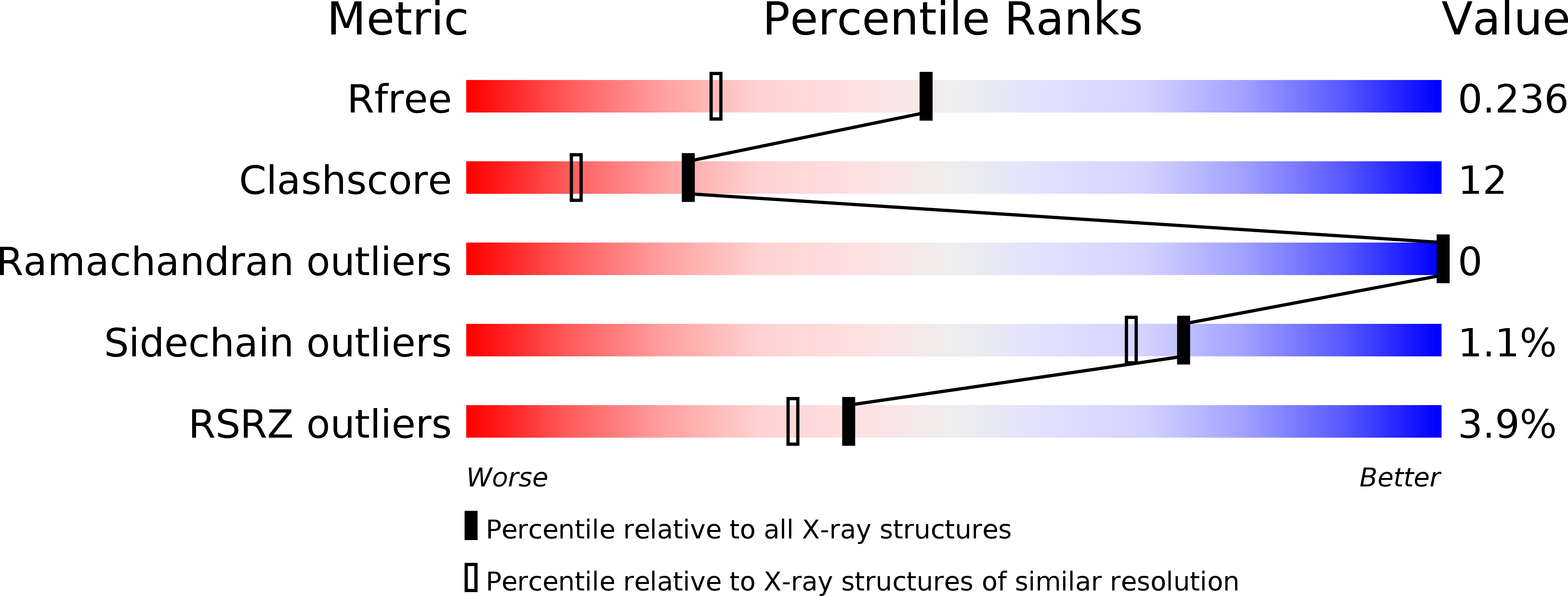
Deposition Date
2009-07-09
Release Date
2009-07-21
Last Version Date
2023-11-01
Entry Detail
PDB ID:
3I7U
Keywords:
Title:
Crystal structure of AP4A hydrolase (aq_158) from Aquifex aeolicus VF5
Biological Source:
Source Organism:
Aquifex aeolicus (Taxon ID: 224324)
Host Organism:
Method Details:
Experimental Method:
Resolution:
1.80 Å
R-Value Free:
0.23
R-Value Work:
0.20
R-Value Observed:
0.20
Space Group:
P 1 21 1


